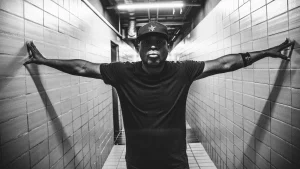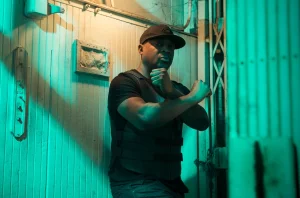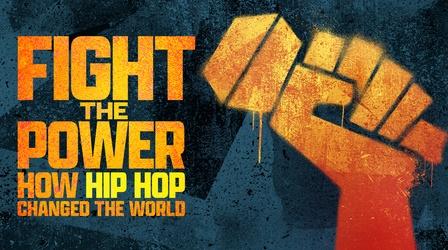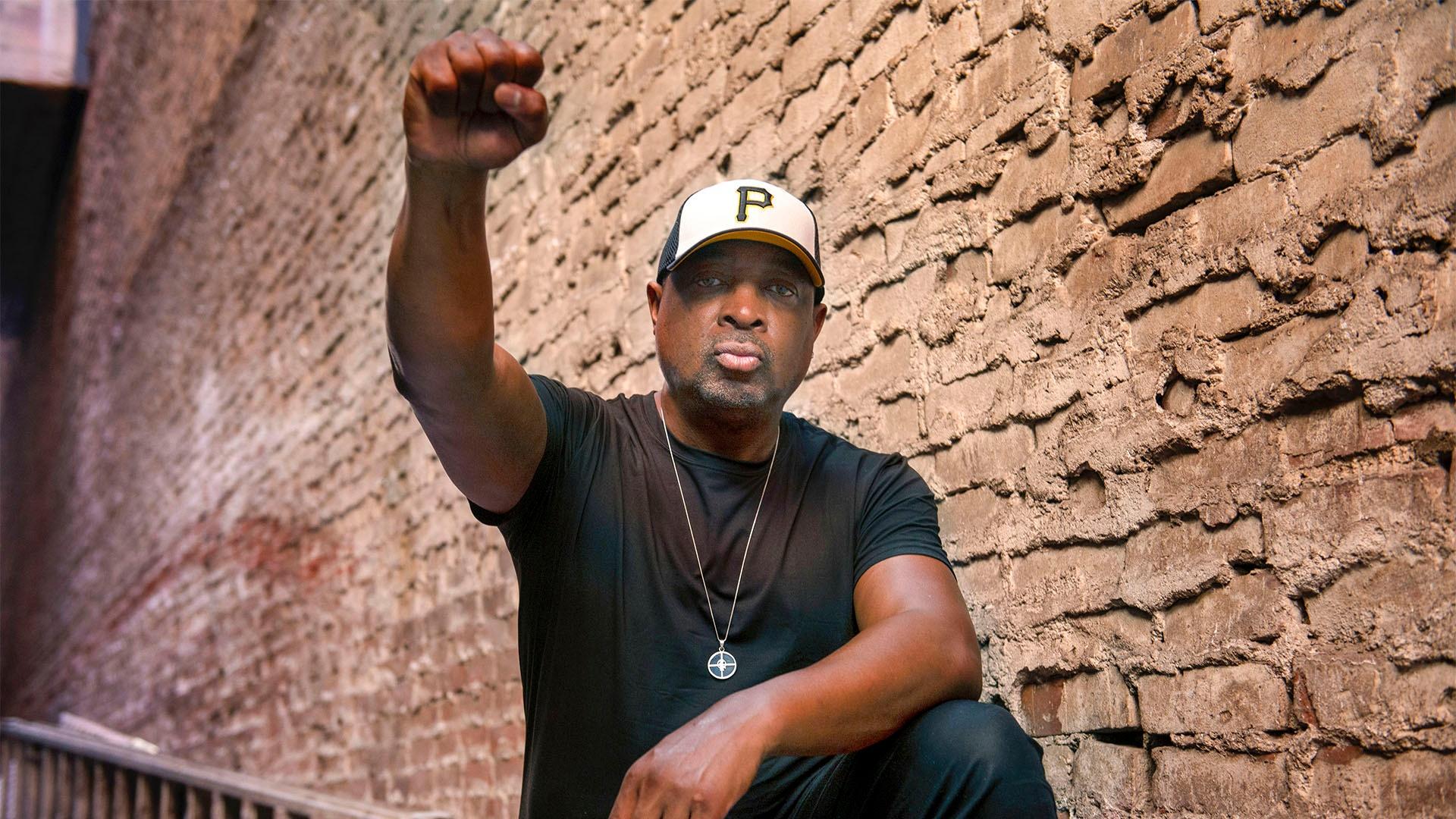 Fight the Power: How Hip Changed the World | The Foundation In the first film of the series, Chuck D leads a host of rap stars and leading African-American and Latino cultural commentators in this account of the origins of Hip Hop. Chuck evokes a picture of how the turbulence of the 60s, the decade of his early childhood, would see the civil rights struggle evolve into a more hardened battle between supporters of Black Power and the Nixon administration. It spawned music by artists such as The Last Poets and the Isley Brothers that became the inspirational soundtrack of Chuck’s youth.
Fight the Power: How Hip Changed the World | The Foundation In the first film of the series, Chuck D leads a host of rap stars and leading African-American and Latino cultural commentators in this account of the origins of Hip Hop. Chuck evokes a picture of how the turbulence of the 60s, the decade of his early childhood, would see the civil rights struggle evolve into a more hardened battle between supporters of Black Power and the Nixon administration. It spawned music by artists such as The Last Poets and the Isley Brothers that became the inspirational soundtrack of Chuck’s youth.
Despite the optimism of the Black is Beautiful movement in the 1970s, white flight and policies that sapped investment from the neighborhoods they left behind meant swathes of the Bronx soon looked like war zones. Street artist Lee Quiñones explains how graffiti began to flourish on subway trains, conveying the artistry of the Bronx directly into the heart of Manhattan. Those vibrant designs flashing through the urban landscape were the first messages to the outer world that a new culture was emerging.
When disco came along, Dancin’ Doug, one of the original b-boys, recalls how dance became a way of expressing your pain and putting it all behind you. But the pointy shoes and suits of the Manhattan clubs didn’t fit the style of the Bronx streets. Hip Hop impresario Michael Holman describes block parties powered by Jamaican sound systems that attracted the neighborhood kids, who lived light-years from the glitz of Manhattan nightlife. Grandmaster Caz recalls how cuts to the schools music programs meant a new type of music was created from the only instruments available – turntables. KRS-One remembers the Bronx as a cauldron of creativity, the scene of DJ Kool Herc’s infamous park jams, where he’d extend the best part of a record into minutes of hard street-danceable rhythm. No DJ had ever worked the turntables like this before and it was one of Kool Herc’s parties in 1973 that is regarded the start of it all. For Chuck the seminal moment was hearing a track by War called Galaxy which stretched the intro out so long it floored him. For Lee Quinones, this extended beat was nothing short of uplifting, therapeutic; you wanted to live through that movement of the music. Melle Mel describes how their role of MC evolved alongside the new breed of DJs. The streets created its own style and it would be called Hip Hop, marked by explosive tracks like The Message. Chuck describes The Message as the culmination of the last 25 years that was thrust on Black folk. The Reagan Presidency in the early 80s would only turn the screws harder. By the time Melle Mel was rapping about the desperate social conditions in the ‘hood, broadcasting to the world the experience of countless of dispossessed people of color living in a city, mired in in crisis, all the ingredients of Hip Hop had come together: graffiti, b-boys, MCs and DJs.
Melle Mel describes how their role of MC evolved alongside the new breed of DJs. The streets created its own style and it would be called Hip Hop, marked by explosive tracks like The Message. Chuck describes The Message as the culmination of the last 25 years that was thrust on Black folk. The Reagan Presidency in the early 80s would only turn the screws harder. By the time Melle Mel was rapping about the desperate social conditions in the ‘hood, broadcasting to the world the experience of countless of dispossessed people of color living in a city, mired in in crisis, all the ingredients of Hip Hop had come together: graffiti, b-boys, MCs and DJs.
A new art form was born.

Visits: 21

